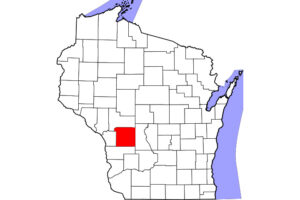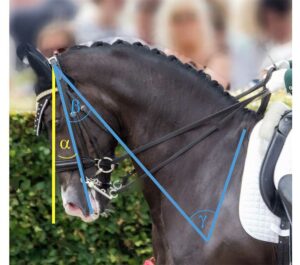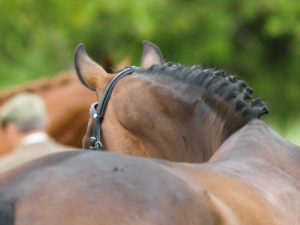Breeding and Reproduction Tips
People are always looking for tips on how to do things better–particularly horse breeders looking for ways to get healthier foals. At the recent Healthy Horses Workshop, an owner education session held Dec. 2, 2006, in San Antonio, Texas, in conjunction with the 52nd annual American Association of Equine Practitioners Convention, Benjamin Espy, DVM, Dipl. ACT, a practitioner from San Antonio, offered insight on many areas of equine reproduction to help breeders do just that.
Embryo Survival and Monitoring
"Horse embryos are not more fragile than other species’, but they are less reproductively efficient for other reasons," he began. "Embryos have a 10-15% chance of being resorbed before 30 days gestation because of mare stress (leading to prostaglandin hormone release that upsets the hormone balance in the uterus and can terminate the pregnancy), fever, uterine infection, hormone abnormalities, and twinning."
Espy discussed ways of teasing and monitoring the mare to confirm pregnancy, and he reported timeframes for determining the sex of the fetus via ultrasound. "Starting on Day 58, the genital tubercle (seen as a tiny medial elevation on the embryo just ahead of the urogenital orifice) will migrate back toward the tail if the fetus is female or forward toward the prepuce if the fetus is male," he said. "We can evaluate this between Days 60-70 or Days 110-140. It’s difficult or almost impossible to see between Days 80-90, and after Day 140
Create a free account with TheHorse.com to view this content.
TheHorse.com is home to thousands of free articles about horse health care. In order to access some of our exclusive free content, you must be signed into TheHorse.com.
Start your free account today!
Already have an account?
and continue reading.
Written by:
Christy M. West
Related Articles
Stay on top of the most recent Horse Health news with



















